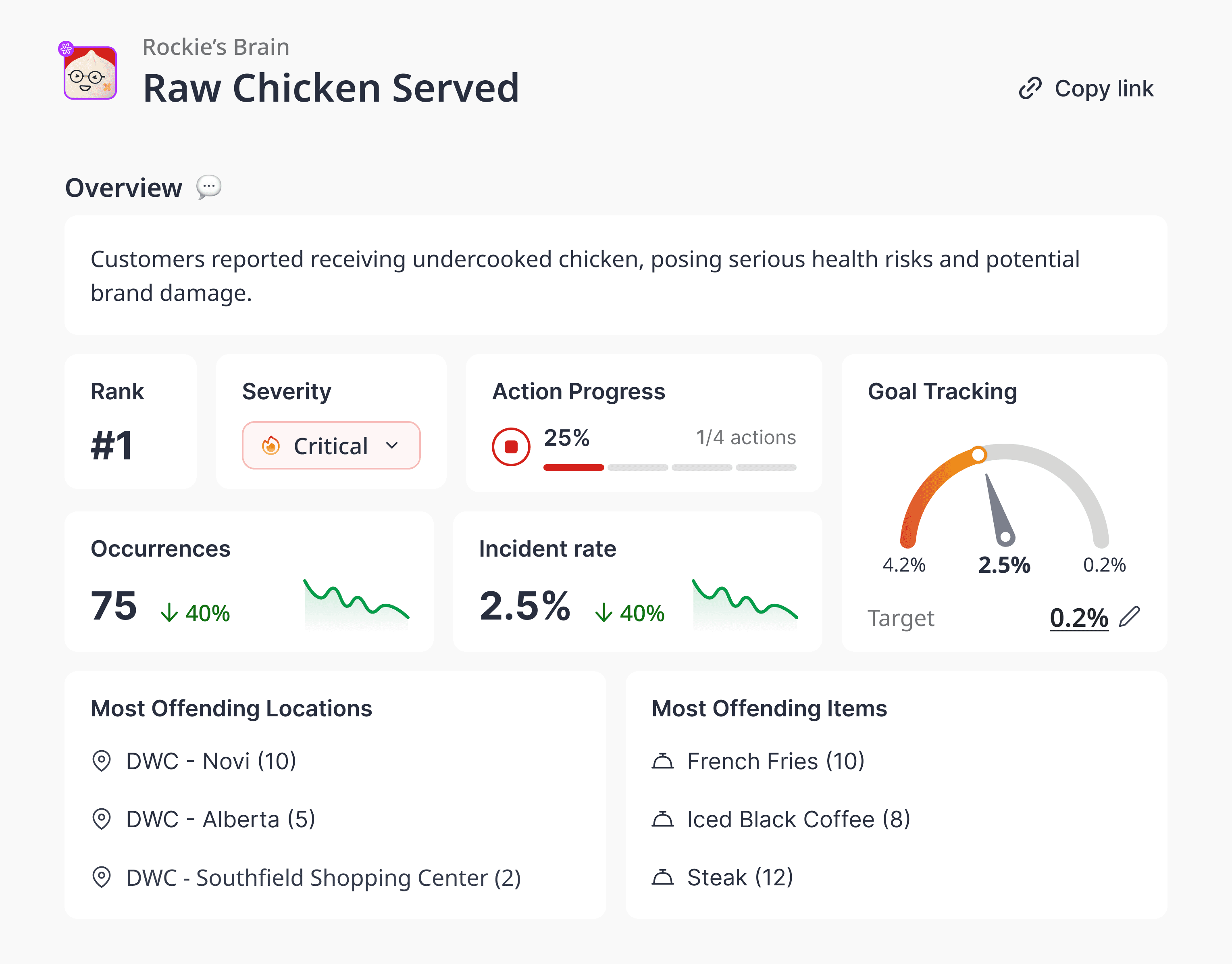
Aug 4, 2025
Amanda Jacob
From Startups to Superpowers, The Real Story of AI in Asia
Contents
In most global tech stories, you hear about either Silicon Valley’s unicorns or China’s industrial scale. But in Asia, the most interesting AI story is unfolding somewhere in between.
From India’s scrappy startup labs to Beijing’s billion-dollar AI zones, the region is building a unique dual-engine approach to innovation. It’s not just about grassroots or government—Asia’s AI boom is powered by both.
And that combination is quietly shifting the center of gravity for global AI.
The Superpower Engine: China’s Top-Down AI Ambitions
Let’s start with scale.
China’s AI goals are not modest. By 2030, the country aims to become the world leader in AI. And it’s putting its money where its policy is:
Government funding: Over ¥1 trillion ($140B USD) allocated to AI research and infrastructure.
AI Zones: Smart city pilots like Xiong’an New Area integrate autonomous vehicles, facial recognition, and predictive policing—all driven by AI.
Talent cultivation: China now graduates more AI PhDs than any other country.
But it’s not just national policy—it’s local execution. Provinces like Zhejiang and cities like Shenzhen are racing to become AI hubs, offering subsidies, sandboxes, and supercomputing access to startups and corporates alike.
This creates a flywheel: policy → infrastructure → talent → deployment → data → better AI → more funding.
The Startup Engine: India and Southeast Asia’s Grassroots Momentum
Now shift to the other side of the map—where constraints breed creativity.
In India, where public infrastructure is patchy but smartphone penetration is massive, AI startups are solving hyper-local problems:
KissanAI uses machine learning to provide real-time crop advice to farmers via SMS in regional languages.
Wysa, a mental health chatbot, now serves millions with anonymized AI therapy—especially important in a country where access to psychologists is limited.
In Indonesia, startups are building AI-powered inventory systems for mom-and-pop warungs. In Vietnam, AI tutors personalize test prep for students in rural areas.
These aren’t just tech plays. They’re bottom-up responses to real-world gaps—often where Western models would fail.
And increasingly, they’re attracting global capital. Southeast Asia saw a 48% YoY increase in AI-related funding in 2024, with Singapore and Bangalore emerging as investor darlings.
Bridging the Two: Singapore’s Strategic Middle
If China is the superpower and India is the scrappy innovator, Singapore is the diplomat.
With its AI Verify framework and clear governance standards, Singapore has positioned itself as Asia’s AI policy lab. But it’s also building:
Global AI partnerships (with the EU, UK, and Japan)
Startup accelerators like SGInnovate that incubate applied AI solutions
Enterprise AI adoption programs for SMBs and traditional industries
It’s no accident that multinational AI players—from Nvidia to Google DeepMind—are establishing regional HQs here.
Singapore bridges compliance and creativity, and in doing so, becomes the testbed for scalable, exportable AI models across Asia.
What Makes Asia’s AI Ecosystem Unique?
Dual power centers: Top-down policy (China, South Korea) meets bottom-up disruption (India, Vietnam).
Local-first innovation: AI isn’t built in isolation—it’s shaped by regional languages, infrastructures, and cultural nuances.
State–startup synergy: Unlike in the West, many Asian governments actively partner with startups—sharing data, providing sandboxes, even co-developing products.
Pragmatism over purity: While debates over AGI or AI ethics swirl elsewhere, Asian builders are focused on what works—right now, at scale.
What This Means for Global Business Leaders
If you’re expanding into Asia, here’s what to watch:
Decentralized dominance: There’s no single AI capital in Asia. Instead, there’s a constellation of centers—each with its strengths.
Cross-border divergence: A chatbot that works in Tokyo may flop in Jakarta. Localization isn’t optional—it’s core to product-market fit.
Government as stakeholder: In many Asian markets, public policy isn’t just regulation—it’s collaboration.
And if you’re based outside Asia? Understand this: innovation is no longer West-to-East. Increasingly, Asia is exporting AI models, not just importing them.
The Next Decade Will Be Asian
By 2030, over 50% of global digital consumers will be in Asia. If AI is the infrastructure of the future, Asia is laying the foundation now—fast, wide, and on its own terms.
The takeaway?
The most interesting AI stories aren’t just coming from San Francisco anymore. They’re coming from Seoul, Jakarta, Bangalore, and beyond.
And if you’re not watching, you’re already behind.






